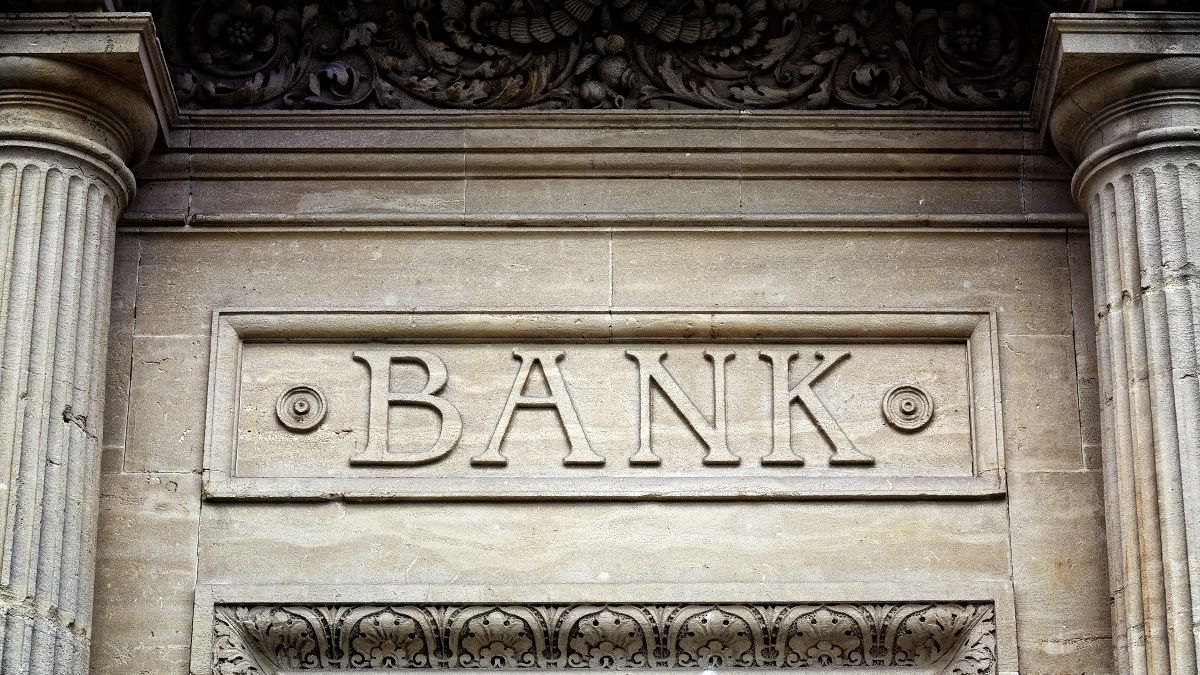US community banks make up a third of our stock portfolio, writes Richard de Lisle, fund manager, VT De Lisle America Fund.
Well run, resilient and supportive, they have long been the epitome of a steady growth stock, typically having an underlying earnings growth rate of 10% going on for decades.
The single statistic that originally attracted us to this group of stocks is that low-beta is an outperforming category and community banks are one of the lowest beta groups in the market.
Community banks were also hobbled for a while by the US Treasury’s Troubled Asset Relief Program (Tarp) following the 2008 financial crash. Even though they had strong balance sheets, they had been obliged to borrow from the Federal Reserve Bank at punitive rates.
Once they started paying back the Tarp, they accelerated their earnings, yet Wall Street continued to ignore them. But we saw that there was long-term profit to be had as they were growing earnings well on the lowest P/E versus growth rate in the market.
Political ping pong
Sadly, all these encouraging statistics were turned upside down during Donald Trump’s presidency, as his ‘Make America Great Again’ policy failed to follow through on infrastructure spending which would have helped small businesses and, hence, small banks.
A key figure for a bank is its Net Interest Margin (NIM) which is the spread between average deposits and average loans. As the yield curve flattens the spread gets narrower and bank stocks underperform on anticipation of falling earnings. Yet despite the US economy’s slow growth from 2017 to 2020 our banks kept coming through with the goods and growing earnings, so we held on as their share prices wallowed in the doldrums.
Reward came with the election of Joe Biden who made pledges to do what Middle America had hoped would happen in 2016. Fiscal policy is now back in order to revive the economy at all costs and the forthcoming deficit spending, such as the $1.9trn stimulus package, has already sent the yield curve climbing steeply which is good news for the banks, for investors, and for us.
Cohesive social force
There are 4,750 community banks in the US. By loan value, they comprise just 15% of the banking sector but, with 29,000 branches and commercial loan offices, they have a big presence in towns and smaller cities. They are often long-established and have successfully navigated many a financial storm because of their ability to recognise and meet the needs of their customers.
The ones we chose to invest in were growing market share in their communities but were cheaper than the regional banks from whom they were taking market share.
The importance of these banks as a cohesive social force in smaller American communities was highlighted in the Federal Deposit Insurance Corporation (FDIC) December 2020 report on community banks.
When assessing a bank as a potential investment we look for consistency in the past, a decent philosophy, and support for the community rather than a rush to merge, acquire and expand for the benefit of the bank’s executives. We also look for a board and executives who have decent stockholdings and keep buying instead of selling when their options vest.
Above all, we look for banks that invest in their communities as these tend to make the longest dated, most profitable loans (better NIMs) and have consistently low loan-loss ratios even in a pandemic year.
Most importantly, we want to see young people moving into a demographically stable area. Thus, our community bank holdings are mainly in the north of the US, in states bordering Canada, Washington and Oregon, and the Carolinas. We tend to avoid the southern ‘Smile States’ which tend to have higher loan losses and the sophisticated north-east coast where NIMs are lower.
Bucking the trend
In complete contrast to the UK where banks have shut up shop on the High Street and dispense advice and loans from call centres, America’s community banks continue to open new branches. Small businesses are key to the US economy as they employ half of the private sector workforce.
Having traditional face-to-face relationships with their customers puts banks in a better position to assess the viability of loans compared to the scoring model used by regional banks which requires little interaction with customers. The model is highly successful as community banks punch way above their size in providing 36% of all small business loans.
They also hold a higher share of longer-term assets compared to regional banks which are stickier and more profitable than assets maturing in the short term. Going forward, they will be administering a big chunk of president Biden’s $1.9trn American Rescue Plan and we expect them to embrace the opportunity and further deepen relationships with their customers.
This article was written for Expert Investor by Richard de Lisle, fund manager of the VT De Lisle America Fund.








